I have distorted Data,
I am using below function here.
to_timestamp("col","yyyy-MM-dd'T'hh:mm:ss.SSS'Z'")
Data:
time | OUTPUT | IDEAL
2022-06-16T07:01:25.346Z | 2022-06-16T07:01:25.346+0000 | 2022-06-16T07:01:25.346+0000
2022-06-16T06:54:21.51Z | 2022-06-16T06:54:21.051+0000 | 2022-06-16T06:54:21.510+0000
2022-06-16T06:54:21.5Z | 2022-06-16T06:54:21.005+0000 | 2022-06-16T06:54:21.500+0000
so, I have S or SS or SSS format for milisecond in data.
How can i normalise it into SSS correct way?
Here, 51 miliseconds mean 510 not 051.
Using spark version : 3.2.1 Code :
import pyspark.sql.functions as F
test = spark.createDataFrame([(1,'2022-06-16T07:01:25.346Z'),(2,'2022-06-16T06:54:21.51Z'),(3,'2022-06-16T06:54:21.5Z')],['no','timing1'])
timeFmt = "yyyy-MM-dd'T'hh:mm:ss.SSS'Z'"
test = test.withColumn("timing2", (F.to_timestamp(F.col('timing1'),format=timeFmt)))
test.select("timing1","timing2").show(truncate=False)
Output:
